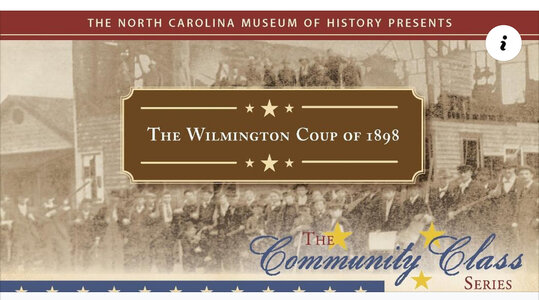donbosco
Legend of ZZL
- Messages
- 5,652
PRIMARY SOURCES!!!---"The Revolutionary War had a huge impact on the area that would become the state of Tennessee. Although settlement of the eastern part of the state had begun in earnest in the 1770s, it was the military land grants issued by the State of North Carolina that encouraged Revolutionary War veterans and their families to brave the new western frontier.
North Carolina designated a “Military District” of 100 square miles as land to give soldiers in lieu of payment for their services in the Revolution. Today, Nashville stands at the center of this district. Although many soldiers sold their rights to land speculators, others moved to the area in the years following the Revolution. As these settlers gained a foothold, the value of land in Tennessee grew, and speculators were able to sell their vast acreage to more emigrants. By 1850, over one million people lived in Tennessee.

Many Revolutionary War veterans came to Tennessee. Most came from Virginia and North Carolina, but by no means all. This project only tracks those veterans who applied for a pension from the federal government. Pensions were first available in 1818, but only for those who had served in the Continental Line (George Washington’s army). In 1832 the pension laws were changed so that men who fought in state militia could apply. In 1836, widows of veterans could apply.
By searching lists created for Congress, the 1840 census of pensioners and other sources we identified just over 1,200 Revolutionary veterans who received a pension while living in Tennessee. Because the pension applications were written out longhand, not confined to a printed form, they include many interesting details and comments. Beginning in 1832, veterans were asked to provide the dates and places of their birth and enlistment. They were also asked to list all the places they had lived since the war.
Reading through their pension application papers (available through the Fold3 and Heritage Quest online databases) we entered these various dates and places into a spreadsheet. Of course not every file was complete. Some lacked dates, some lacked locations, some were general such as “I enlisted in Virginia” instead of giving a specific place.
This data was then matched to latitude and longitude points and displayed on a map. Where soldiers gave a state but not a county, the point was mapped to the center of the state. Where they gave a county but not a town (which was most common) the point was mapped to the center of the county.
Displaying these points graphically enables the user to see the general migration paths of Tennessee patriots. We can see where most of the men came from, which counties provided the greatest number of emigrants to Tennessee, and where in Tennessee they settled. It is our hope that by using this data scholars and genealogists will discover new facts about this generation of pioneers."

 tnmap.maps.arcgis.com
tnmap.maps.arcgis.com
North Carolina designated a “Military District” of 100 square miles as land to give soldiers in lieu of payment for their services in the Revolution. Today, Nashville stands at the center of this district. Although many soldiers sold their rights to land speculators, others moved to the area in the years following the Revolution. As these settlers gained a foothold, the value of land in Tennessee grew, and speculators were able to sell their vast acreage to more emigrants. By 1850, over one million people lived in Tennessee.

Many Revolutionary War veterans came to Tennessee. Most came from Virginia and North Carolina, but by no means all. This project only tracks those veterans who applied for a pension from the federal government. Pensions were first available in 1818, but only for those who had served in the Continental Line (George Washington’s army). In 1832 the pension laws were changed so that men who fought in state militia could apply. In 1836, widows of veterans could apply.
By searching lists created for Congress, the 1840 census of pensioners and other sources we identified just over 1,200 Revolutionary veterans who received a pension while living in Tennessee. Because the pension applications were written out longhand, not confined to a printed form, they include many interesting details and comments. Beginning in 1832, veterans were asked to provide the dates and places of their birth and enlistment. They were also asked to list all the places they had lived since the war.
Reading through their pension application papers (available through the Fold3 and Heritage Quest online databases) we entered these various dates and places into a spreadsheet. Of course not every file was complete. Some lacked dates, some lacked locations, some were general such as “I enlisted in Virginia” instead of giving a specific place.
This data was then matched to latitude and longitude points and displayed on a map. Where soldiers gave a state but not a county, the point was mapped to the center of the state. Where they gave a county but not a town (which was most common) the point was mapped to the center of the county.
Displaying these points graphically enables the user to see the general migration paths of Tennessee patriots. We can see where most of the men came from, which counties provided the greatest number of emigrants to Tennessee, and where in Tennessee they settled. It is our hope that by using this data scholars and genealogists will discover new facts about this generation of pioneers."
Story Map Series
This story map was created with the Story Map Series application in ArcGIS Online.




